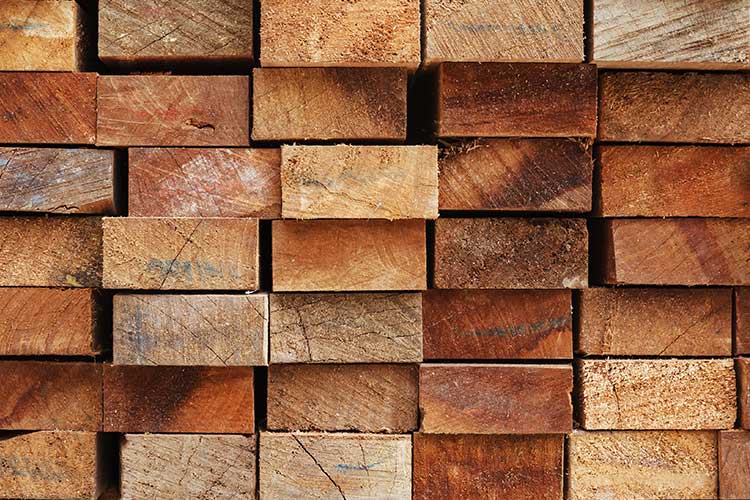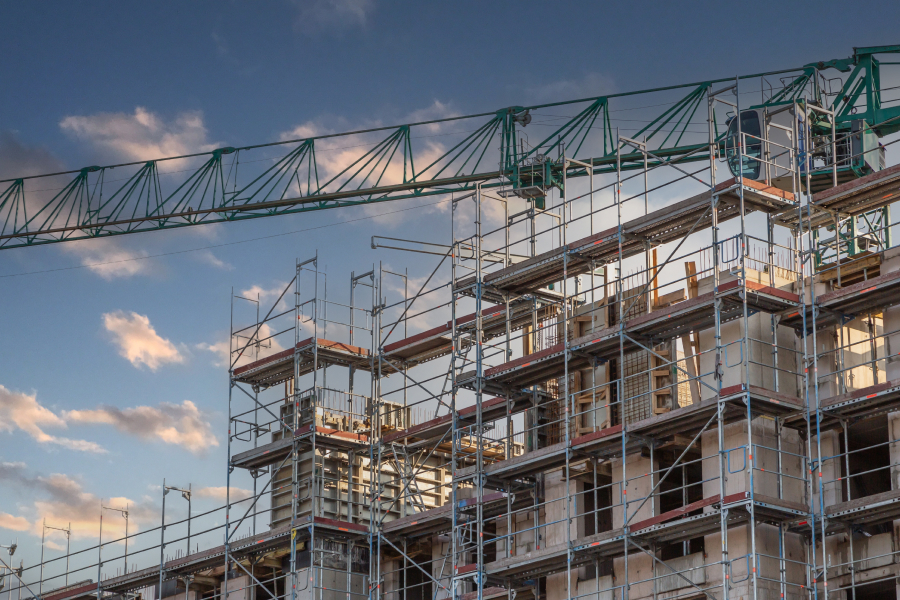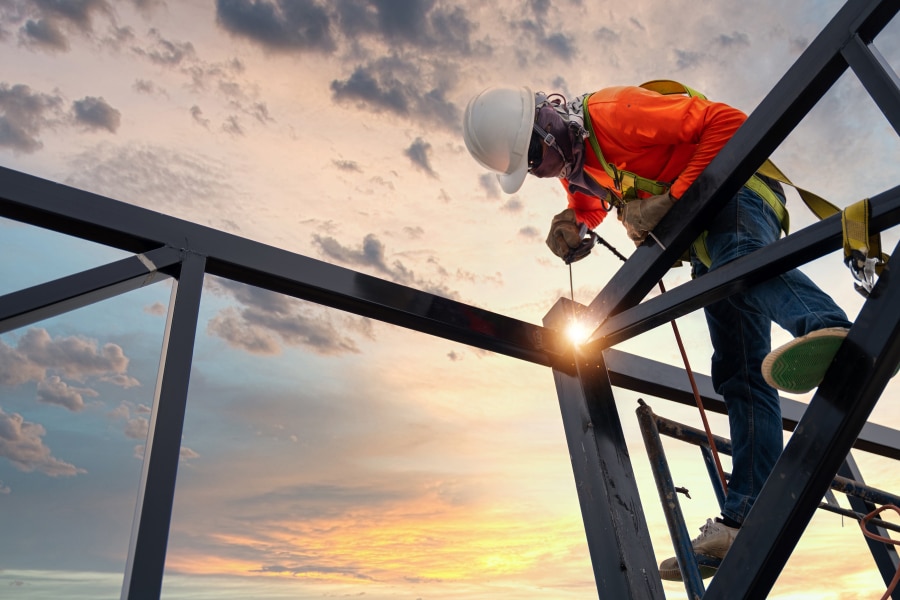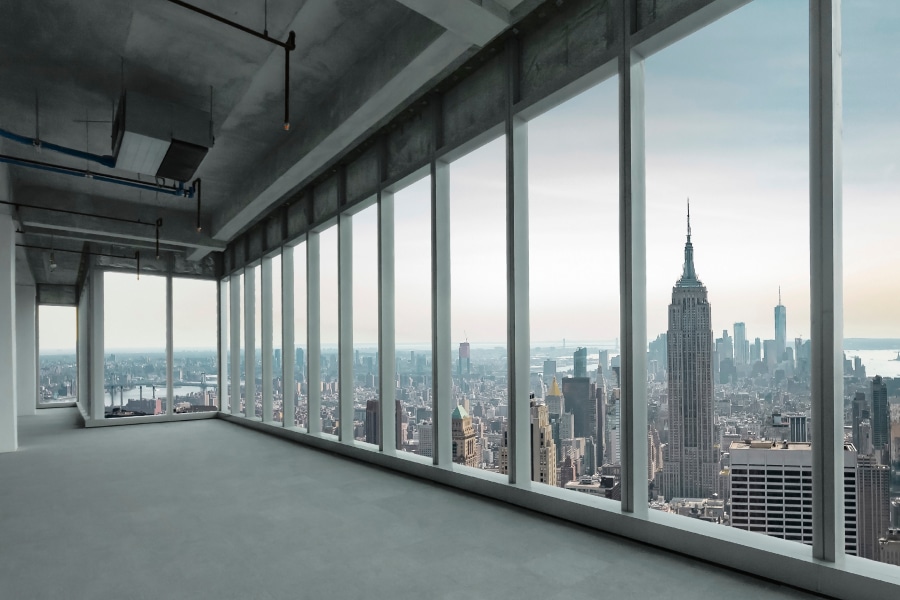The COVID-19 crisis has had far-reaching implications on the global economy, most notably sending millions home to work remotely indefinitely while millions more remain unemployed in light of a deep recession caused by the pandemic.
The lumber and forest products industries have experienced an equally turbulent time, as one of the construction industry’s most prevalent building resources saw its price swing wildly up and down over the summer months thanks to a number of surprising factors.
As the pandemic began taking a serious toll in the U.S. in mid-March, lumber futures dropped from $463 per thousand board feet all the way down to roughly $260 in early April, according to Trading Economics.
The decline seemed logical: Industry experts rightly predicted the economy would suffer tremendously and that housing starts—a typical barometer of a healthy economy—would fall. Moreover, some states outright banned many non-essential construction projects to limit the virus’ spread.
Now, roughly seven months later, with the pandemic easing in some parts of the country while worsening in others, lumber futures are trading north of $930 per thousand board feet—a 350% rally.
What is going on and when will lumber prices go down?
Supply-demand shocks
For starters, lumber supply plummeted following the initial onset of the pandemic. As Paul Jannke, principal of Forest Economic Advisors LLC, an industry research firm based in Littleton, Massachusetts, pointed out, in March and April 165 lumber mills closed, representing about 20% of total industry capacity. Mill owners at the time believed the pandemic would devastate the housing sector, a large driver of lumber demand, but they were only partially correct.
“We were saying housing starts were going to be between 1-1.2 million in the third quarter, and everybody said we were absolutely crazy,” Jannke said. “The mills were planning on about 500,000.”
New residential construction starts did drop at the onset of COVID-19, according to the U.S. Department of Commerce, but the contraction ended up being milder than anticipated. In February, the U.S. added 1.4 million new privately owned housing units authorized in permit-issuing places.
‘With some mills closed, the buyers—the builders—are scrambling to find product and bidding up prices. This is a very volatile environment right now. There’s no telling where they will settle out in the longer run.’
Jeff Prestemon, a forest researcher at U.S. Forest Service Southern Research Station
In March, that number fell to 1.3 million, a roughly 5% decline. In April, it dropped all the way to about 1 million, down 24% compared to February. However, the recovery started quickly, with June and July recovering to 1.2 million and 1.4 million, respectively.
“The thing is that housing starts haven’t done poorly,” Jannke said. “That’s been the surprise.”
Jannke attributes the resiliency of the housing market to a number of factors.
To start, the pandemic—like so many other economic catastrophes—has disproportionately affected lower-income families and communities that typically aren’t in the market to buy new homes. Among would-be buyers, however, massive pent-up demand combined with a sudden impetus to vacate large metropolitan areas—not to mention historically low mortgage rates—have made buying a home during the pandemic surprisingly attractive.
“You add all those together, and you actually have the backdrop for very strong demand for wood products,” Jannke said.
Home improvement surge
The industry has also seen solid demand from the repair and remodeling sector. As people have been forced to stay home, many are using the time to tackle home-improvement projects.
“There are places and individuals out there that still have income, have not been laid off and suddenly don’t have a commute to worry about who say, ‘Yeah, I’m going to take on that house project,’” said Jeff Prestemon, a forest researcher at U.S. Forest Service Southern Research Station in Ashville, North Carolina.
Jannke agreed, pointing to solid sales numbers from big-box home improvement stores like Lowes and Home Depot. “The thing that people missed is that households had nothing to do with their time or their money, so people were spending a lot of money fixing up their houses,” Jannke said.
In the wake of this surprisingly strong housing market, lumber mills have raced back to operating at peak capacity to cash in on the sky-high lumber prices. “With some mills closed, the buyers—the builders—are scrambling to find product and bidding up prices,” Prestemon said. “This is a very volatile environment right now. There’s no telling where they will settle out in the longer run.”
A mid-September report from The Wall Street Journal echoes this uncertainty—as of this writing, lumber futures prices remain roughly twice as high as what they typically are in the fall. The report said demand for home construction and do-it-yourself home renovation projects typically wane in the last quarter of the year due to colder weather in the northern parts of the country.
For his money, Jannke agreed that lumber prices will eventually settle down to more-normal levels.
The exact timing for more stable lumber prices, however, appears to be difficult to predict.











